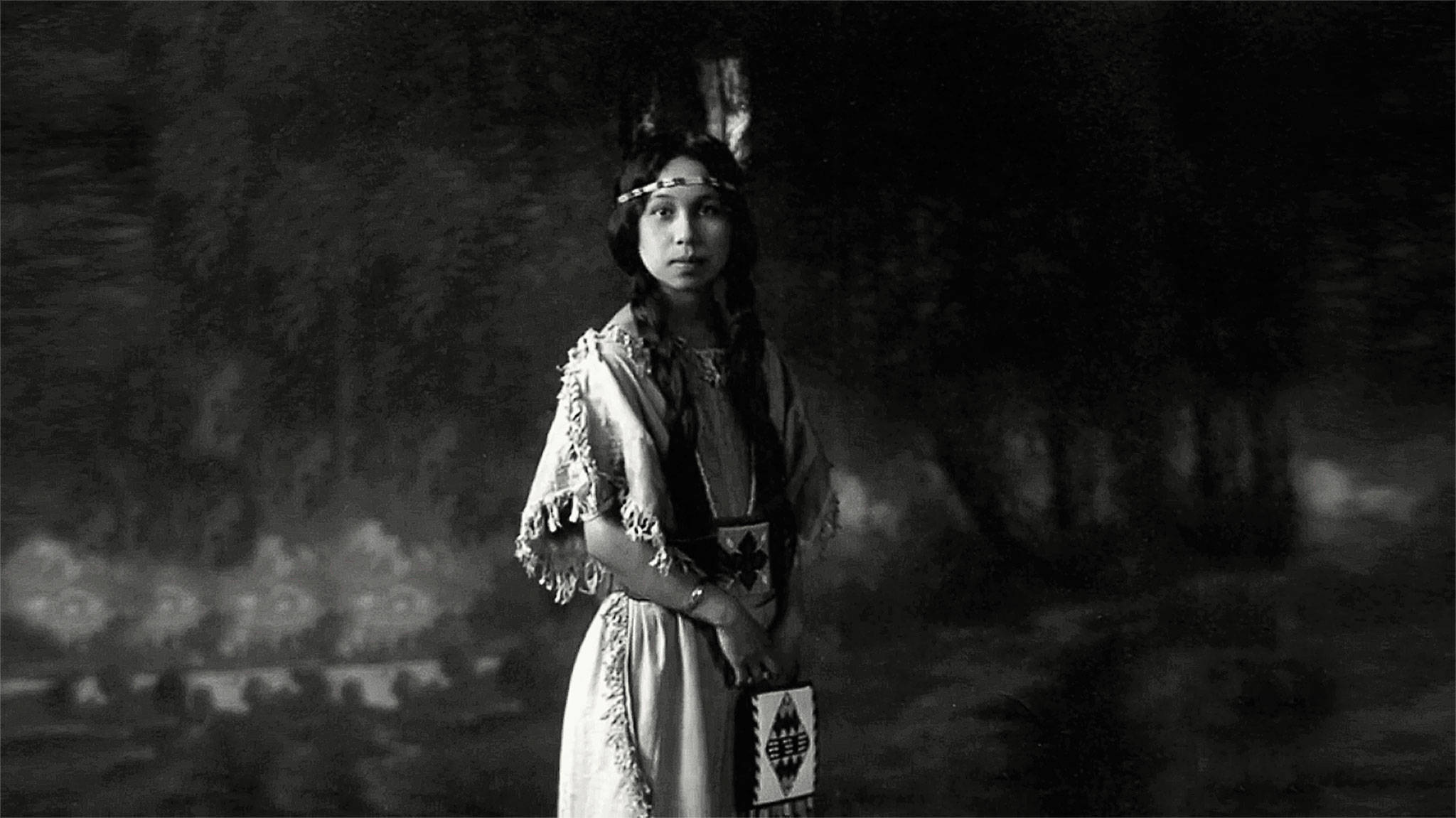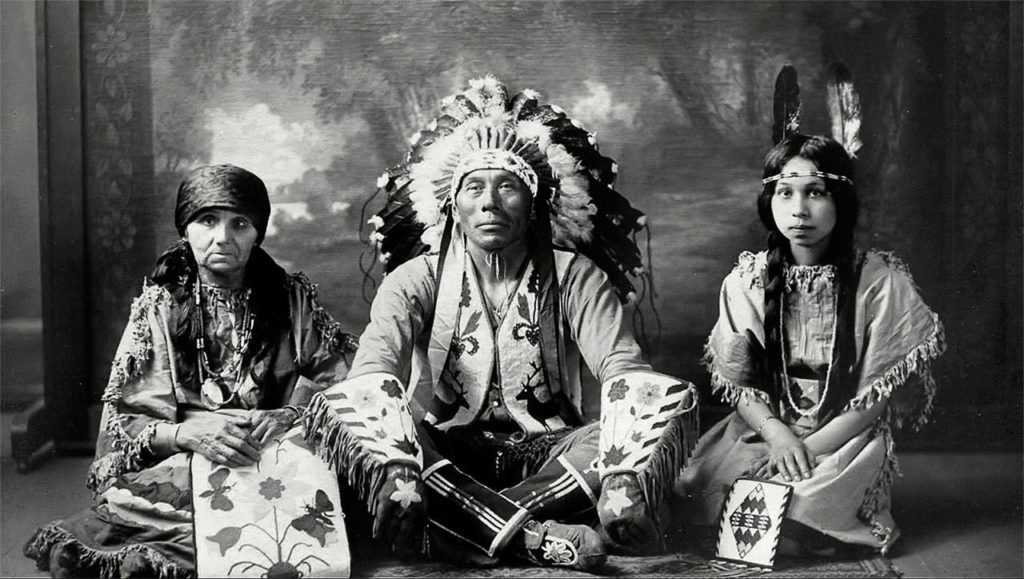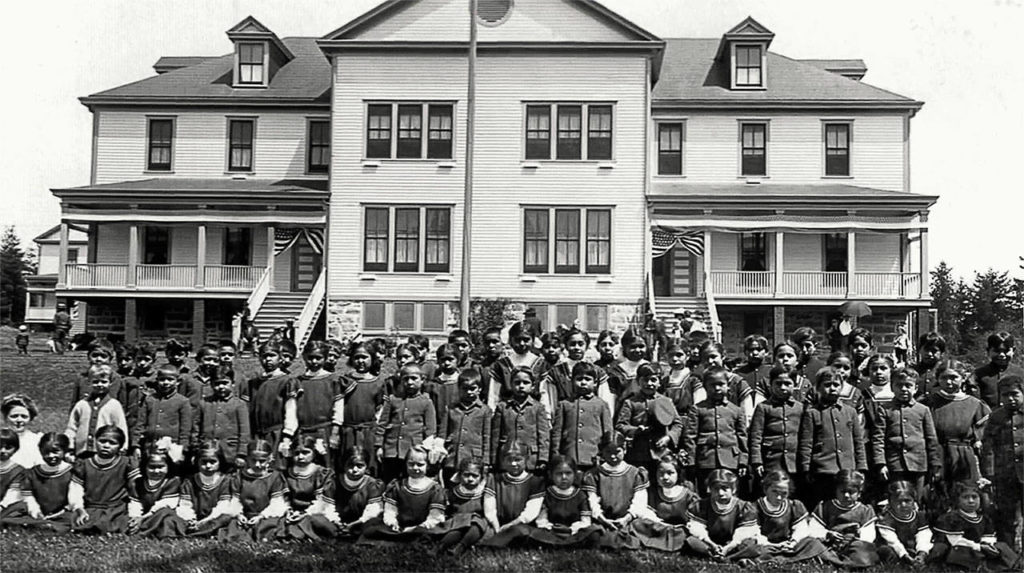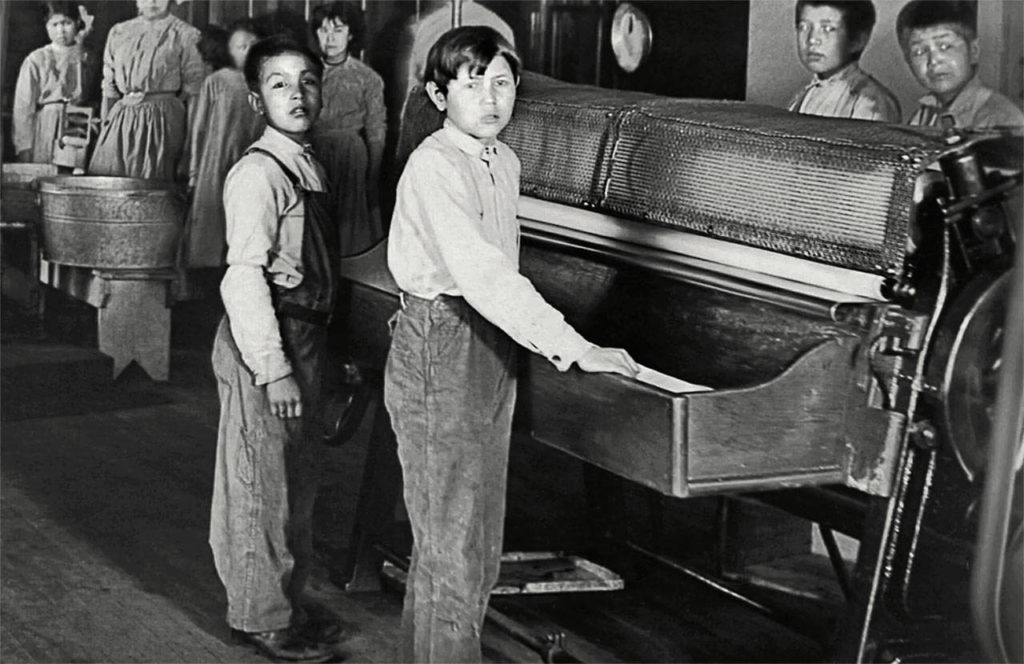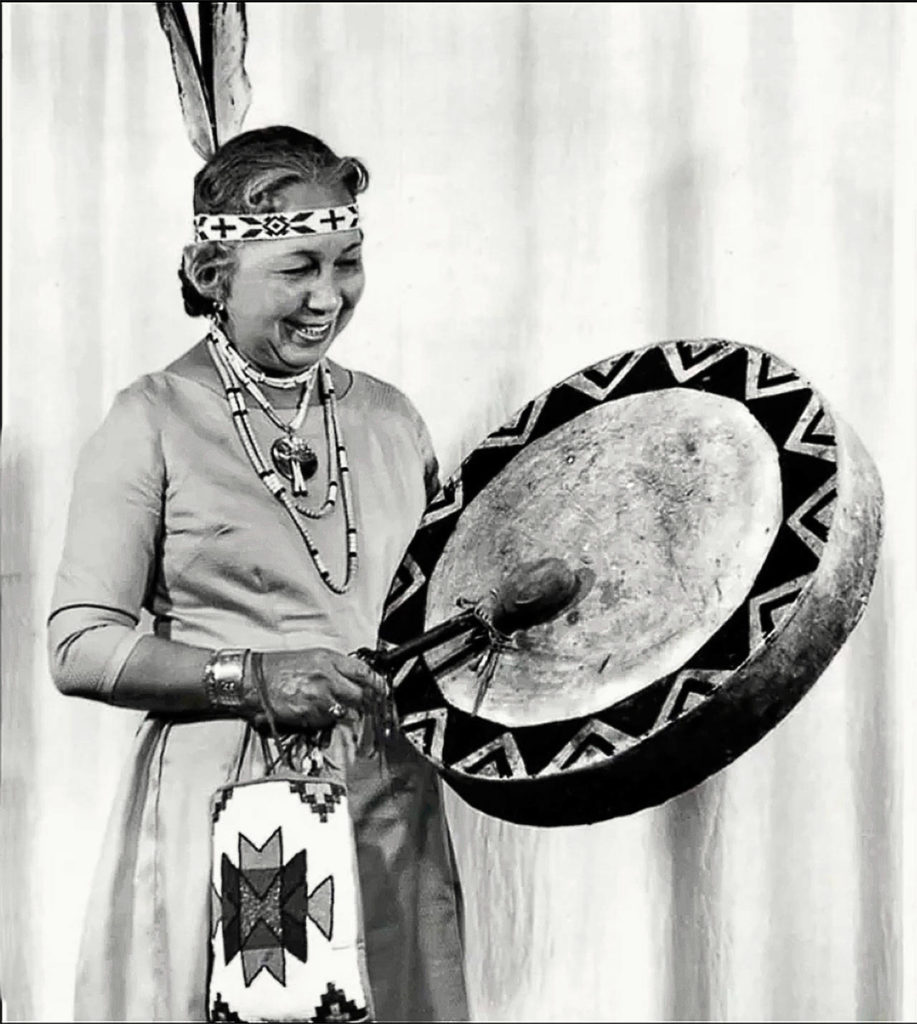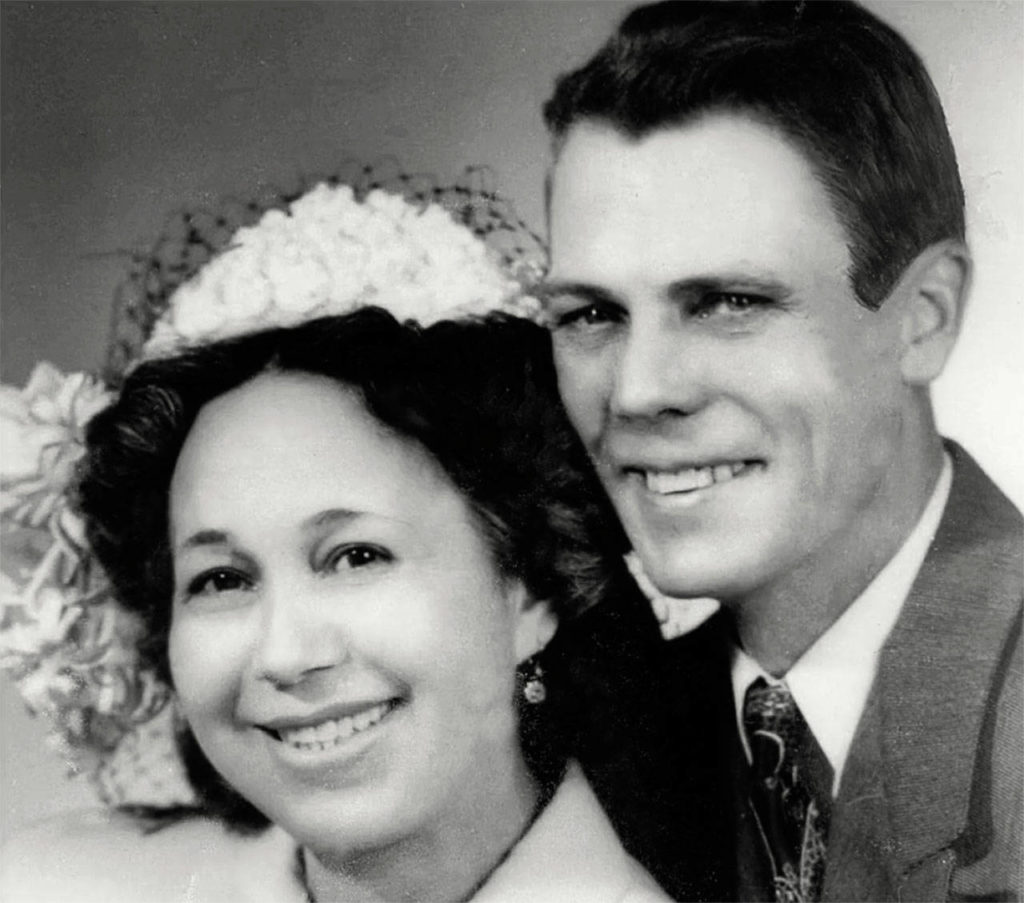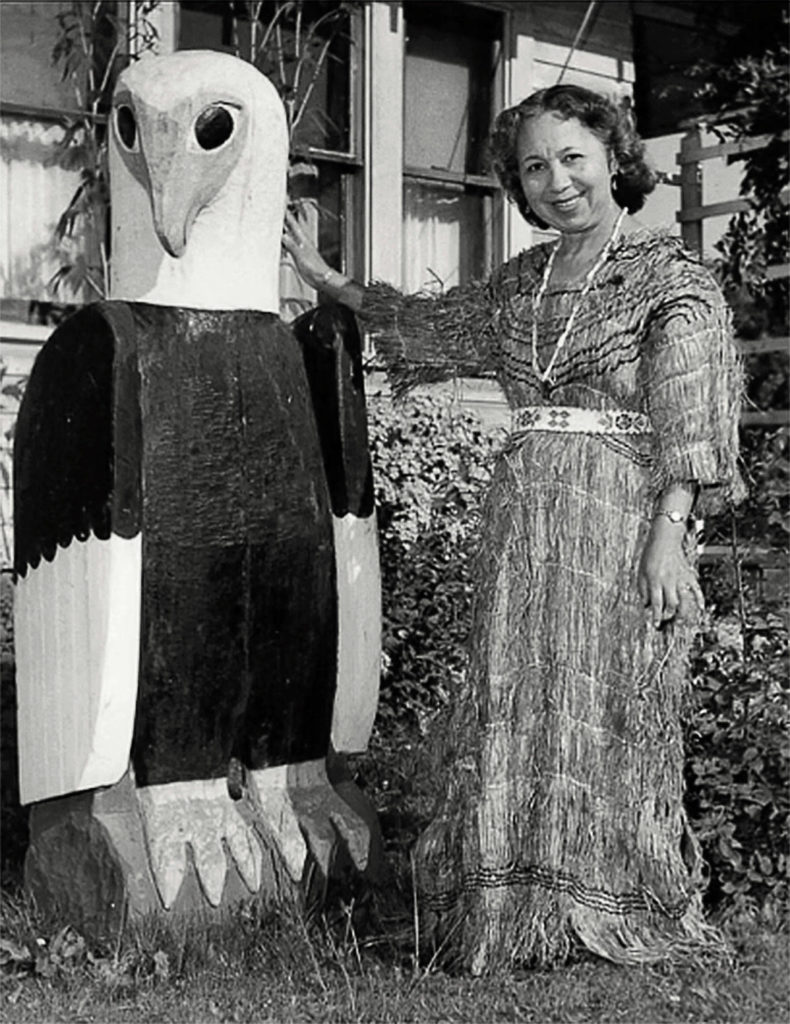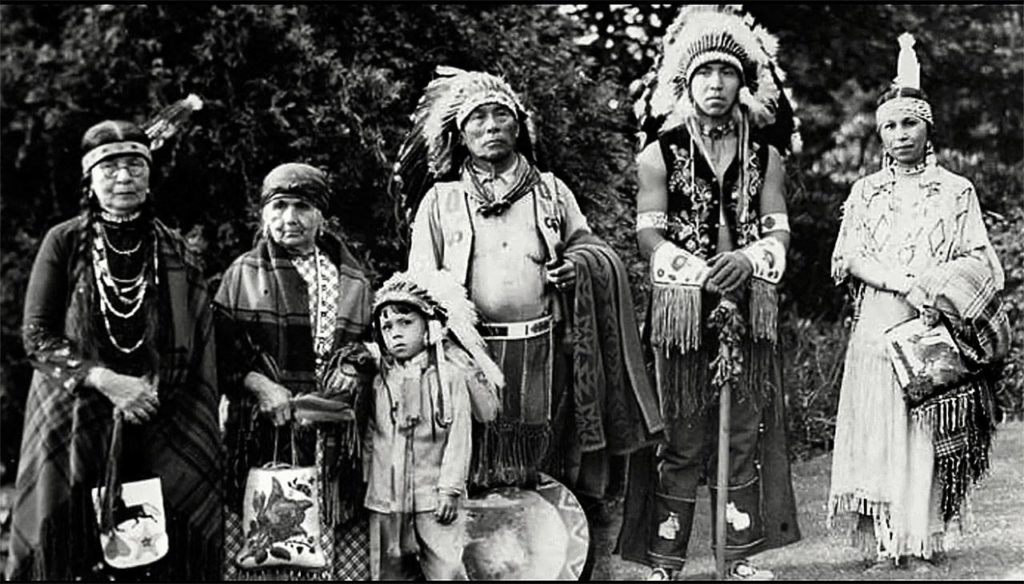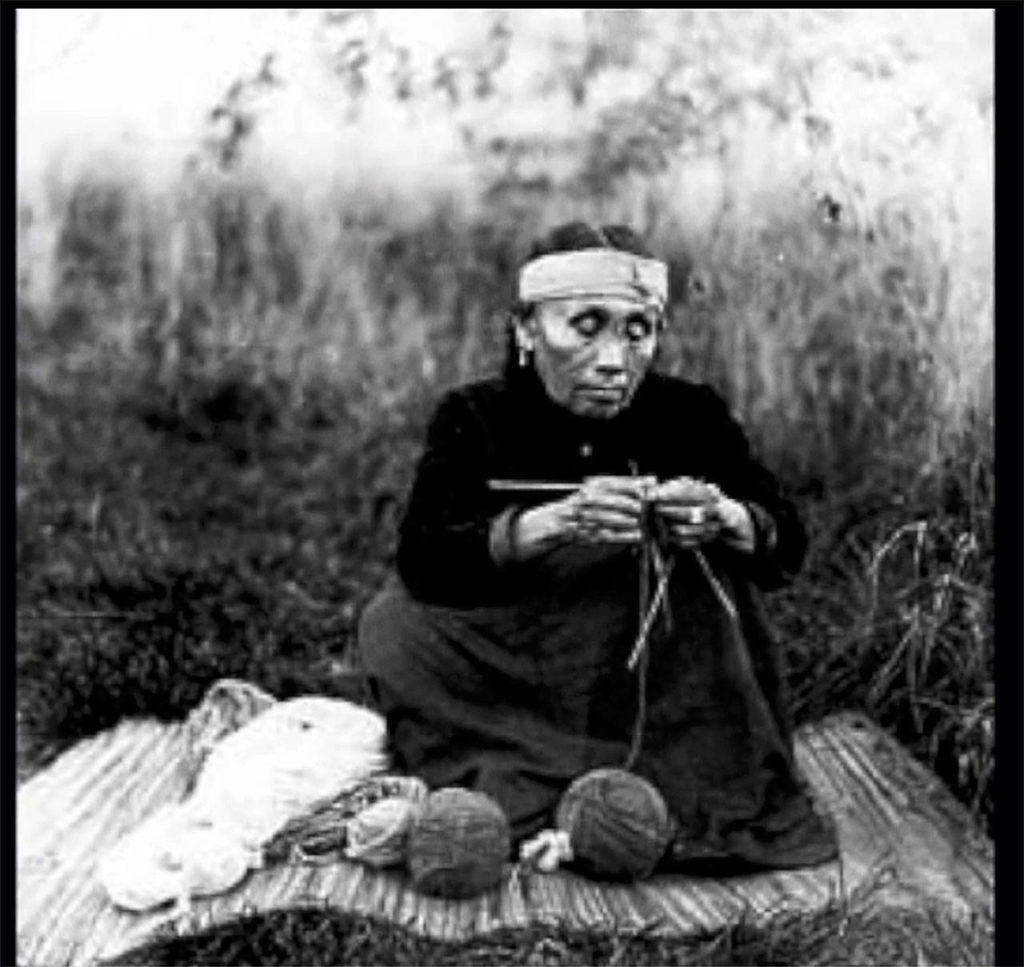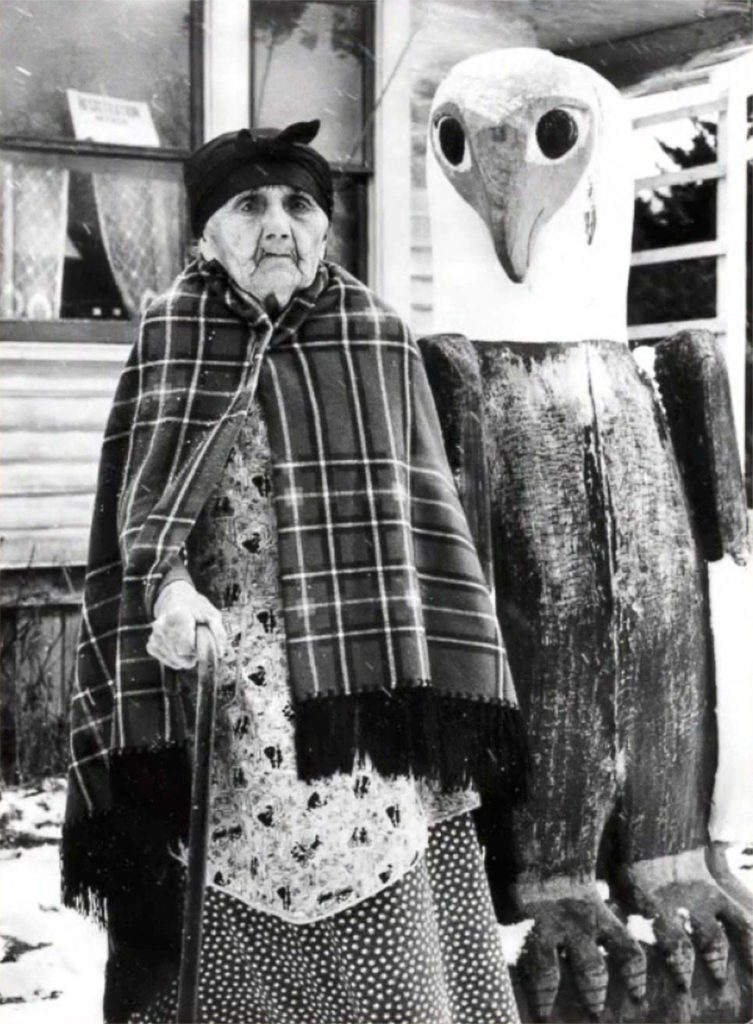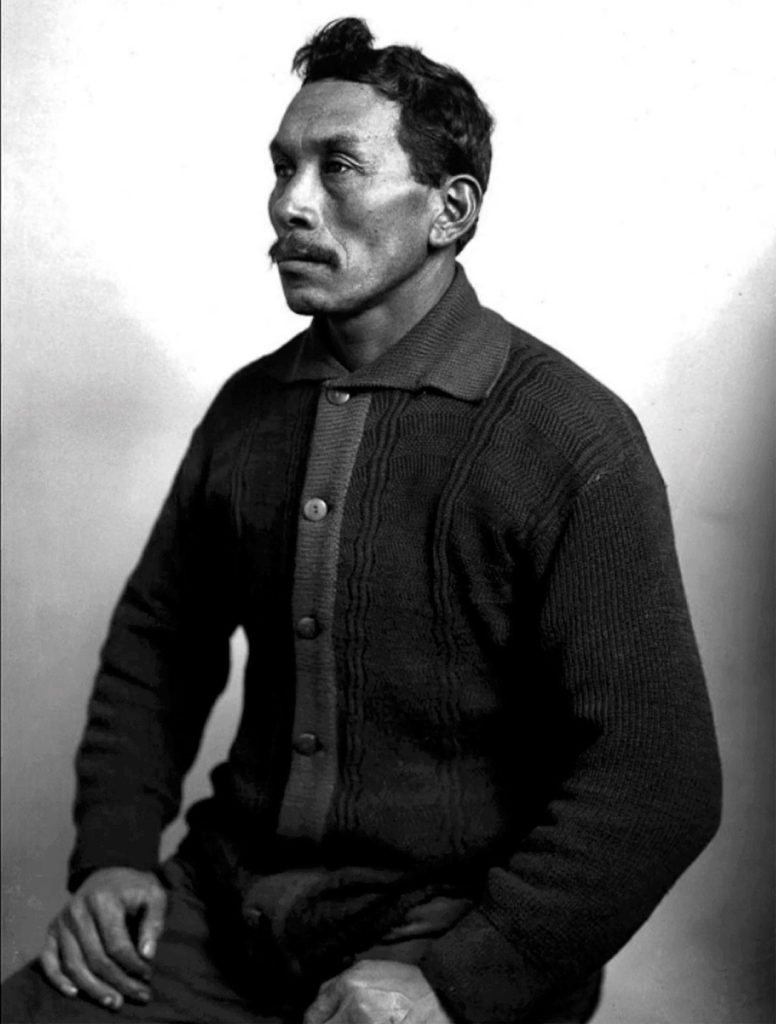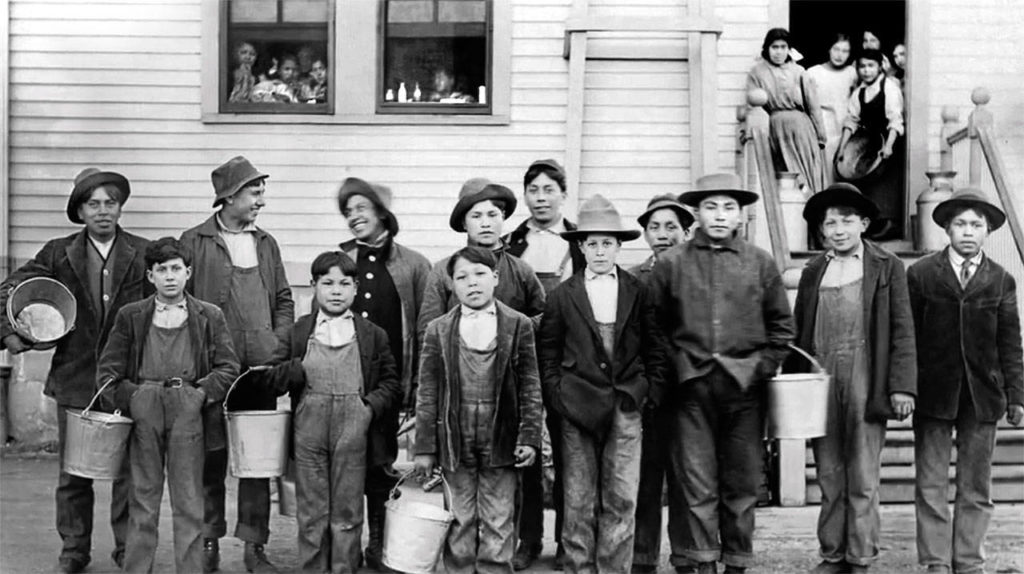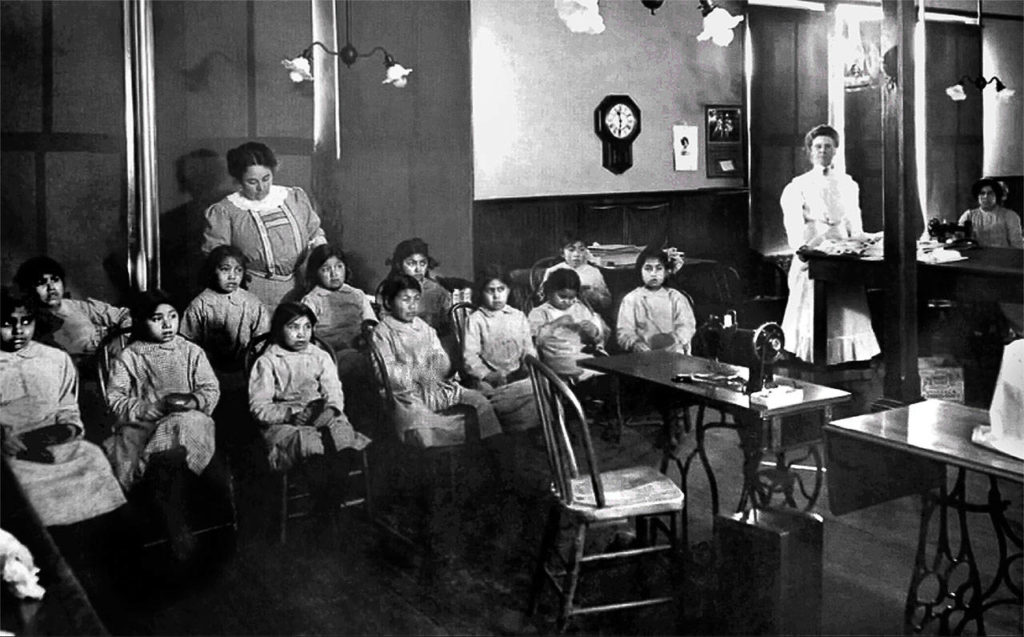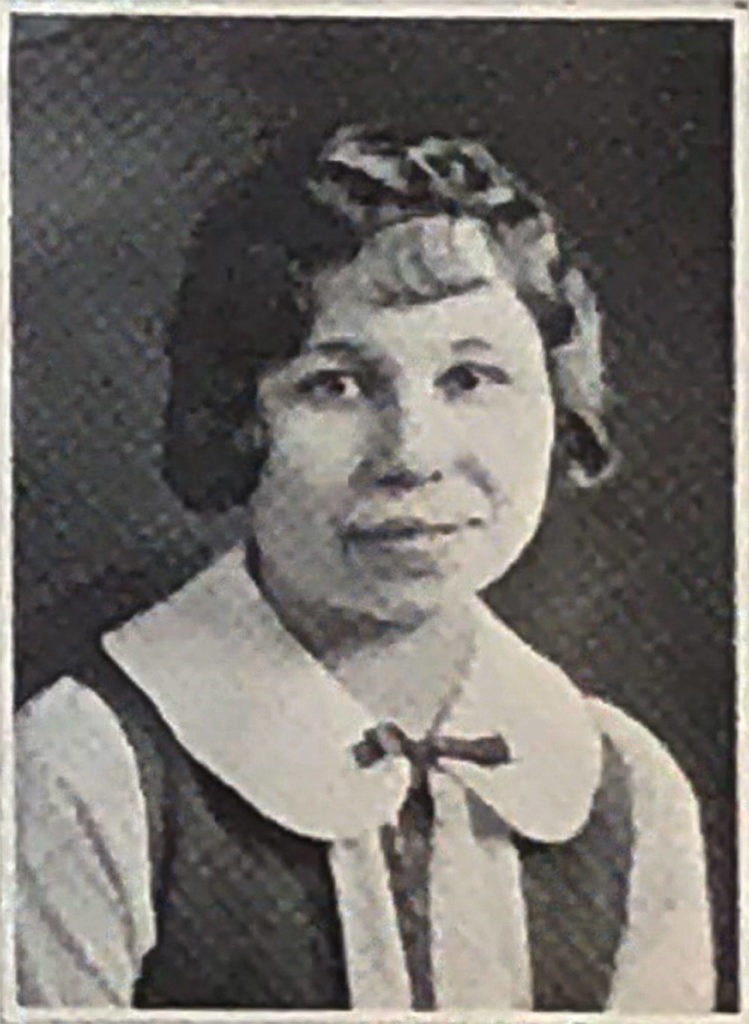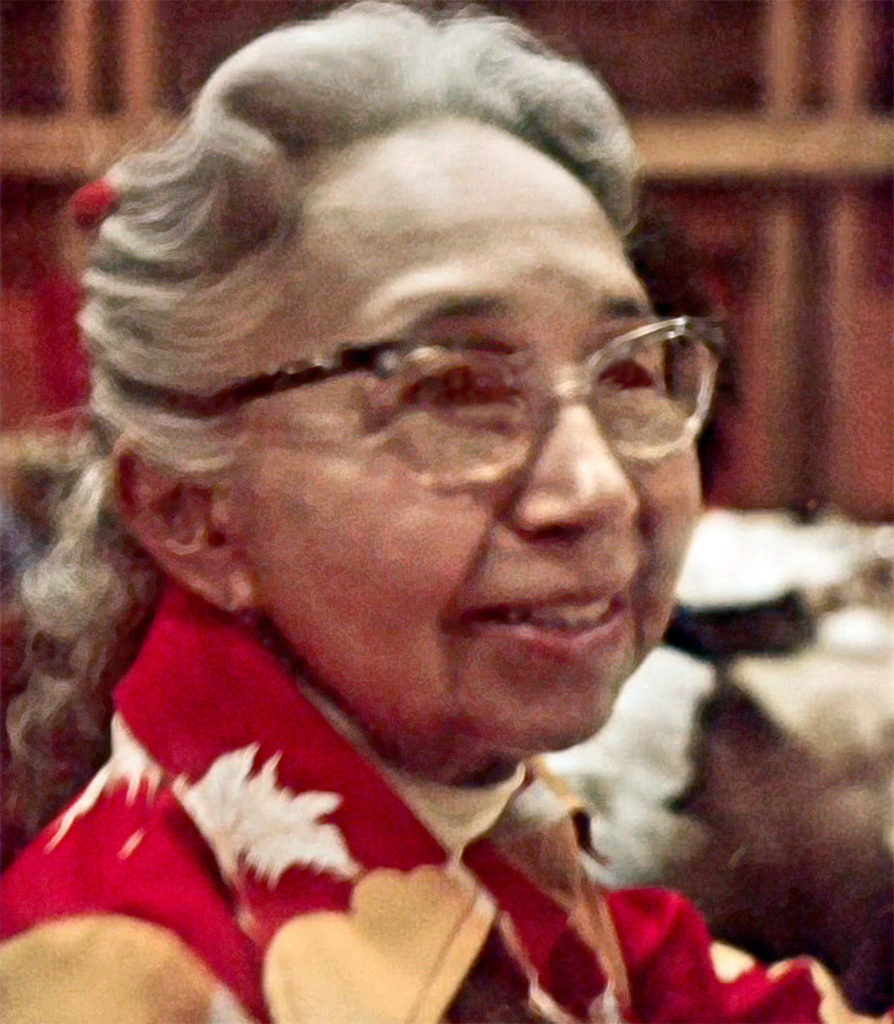In her 86 years, Harriette Shelton Dover was raised in the traditional ways of her people. Surviving harsh years at the Tulalip Indian Boarding School, she went on to become a mother, leader and college graduate. Above all, she was a protector of tribal history and culture.
The story of her magnificent life is well told in a 44-minute documentary, “Harriette ‘Hiahl-tsa’ Shelton Dover: Her Life and Legacy.” Produced by the Tulalip History Project, the film is scheduled to be shown at 6 p.m. Tuesday in the Everett Public Library auditorium as part of the library’s Hands on History program.
“It could bring tears to your eyes,” said Marie Zackuse, chairwoman of the Tulalip Tribes Board of Directors. “We’ve heard a lot of stories from our elders having to go to boarding school. What happened to Harriette — to come out of that very strong, very powerful, but a woman who was so loved in our community — she brought back our culture. She protected everything about our history.”
Dover died in 1991. She is credited with reviving the salmon ceremony at Tulalip in 1976. The ancient ritual intended to show respect for the returning salmon had not been observed for decades. She was the second woman ever on the tribes’ board of directors, serving 1939-1950, and was its first chairwoman in 1946. She was appointed chief judge during a time when the Tulalip court was held in her home.
Through song, dance and language, she helped preserve Tulalip culture, sharing it with tribal members and schoolchildren. Tulalip Elementary School was built on land she donated. And she told her life story in a book, “Tulalip, From My Heart: An Autobiographical Account of a Reservation Community,” edited by former Everett Community College instructor Darleen Fitzpatrick. It was published in 2013, after Dover’s death.
Born Nov. 19, 1904, at Mission Beach on the Tulalip reservation, Harriette was the youngest of six children born to Chief William Shelton and his wife Ruth Siastenu Sehome Shelton.
William Shelton, born in 1869, was the last hereditary Snohomish tribal chief in Tulalip. He was descended from Snohomish, Skay-whah-mish, Puyallup and Wenatchee ancestors. Harriette’s mother, born Siastenu Sehome on Guemes Island, was the daughter of Chief Sehome and Emily Sehome of the Northern Klallam and Samish tribes.
The film explains that while Harriette’s Indian name was Hiahl-tsa, the U.S. government required that tribal children be baptized and given Christian names. In early childhood, she learned a Snohomish dialect of Coast Salish.
Yet at the boarding school she was forced by the U.S. government to attend, starting at age 7, she was beaten with a strap as a 9-year-old for whispering in her native language. Decades later, Dover recalled the punishments, work detail, hunger and cold experienced at the school.
“When you say boarding school, I don’t think anybody quite realized what it was that was happening to the Indian children,” she said in a 1980 interview conducted by Sherrill Smith at Everett Community College. “The physical hurt was not as bad as I felt in my own mind,” she said.
Lita Sheldon, a librarian at the tribes’ Hibulb Cultural Center, heads up the Tulalip History Project. Among those she worked with on the film were her son, J.D. Mowrer, and John and Shelley Altenhofen, a husband-and-wife team from Burlington. John Altenhofen is a video producer and his wife is a script writer. Tessa Campbell, curator of collections at the Hibulb center, narrated.
The project was supported by $11,500 from the Snohomish County Historic Preservation Commission, Sheldon said. Along with the library program, the film will be shown on the Tulalip TV cable channel starting Monday.
Zackuse knew Dover while growing up at Tulalip. “We went to a lot of gatherings where she spoke and was teaching the language. She opened up her home to the community,” Zackuse said. “She really got her foundation from her parents and grandparents. Her father told her to learn and to listen. That’s what she did.”
Dover went to Everett High School, where she earned a diploma in 1926.
An early marriage to Francis Williams, of the Klallam Tribe, ended, but they had one son. Wayne Williams was born in 1928. There were hard times after Harriette brought her boy home to Tulalip. In 1949, while working at a post office on the reservation, she met George Dover. He was a white man who worked as a logger.
Despite disapproval from some tribal members, they married in 1950. They had a son, William Dover. George Dover died in 1969.
After marriage, motherhood and tribal leadership, Dover’s next chapter was higher education. A half-century after high school, she started at Everett Community College. In 1978, she earned an associate of arts degree in anthropology and history.
“She did fulfill what her father instilled in her — learn everything she could,” Zackuse said. “But first and foremost, she cared about her people.”
Julie Muhlstein: 425-339-3460; jmuhlstein@heraldnet.com.
Tulalip history film
The Tulalip History Project’s documentary film “Harriette ‘Hiahl-tsa’ Shelton Dover: Her Life and Legacy” is scheduled to be shown 6-7:30 p.m. Tuesday in the Everett Public Library’s auditorium as part of the library’s Hands on History series. A presentation by staff from the Tulalip Tribes’ Hibulb Cultural Center will be part of the free program. View the film at: https://vimeo.com/314131760
Talk to us
> Give us your news tips.
> Send us a letter to the editor.
> More Herald contact information.
